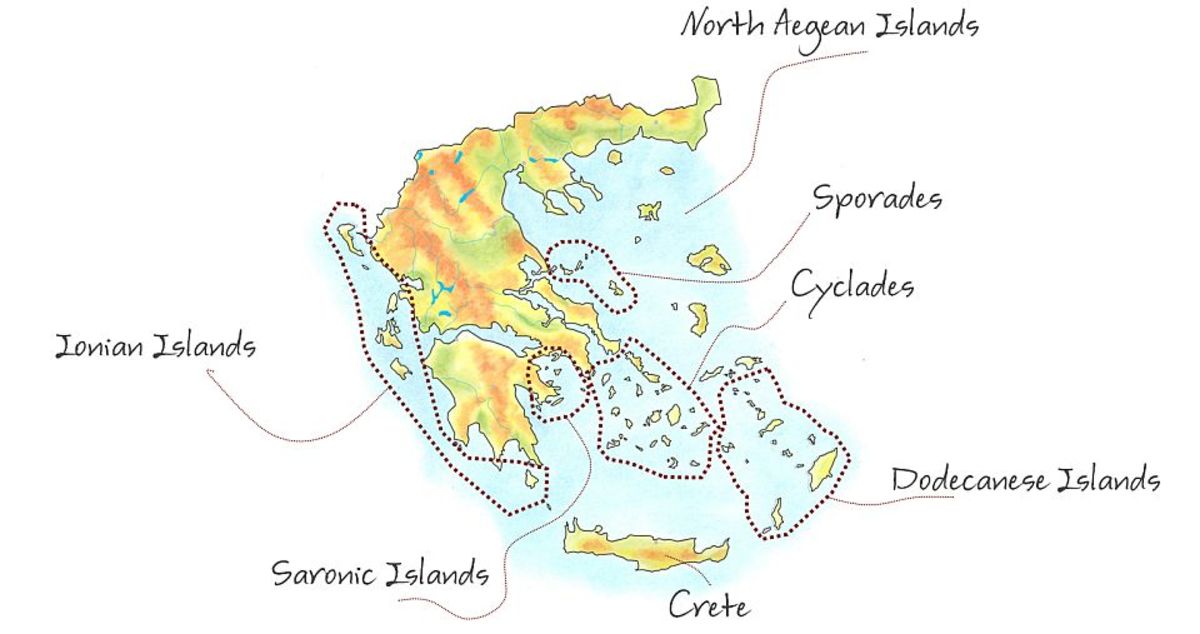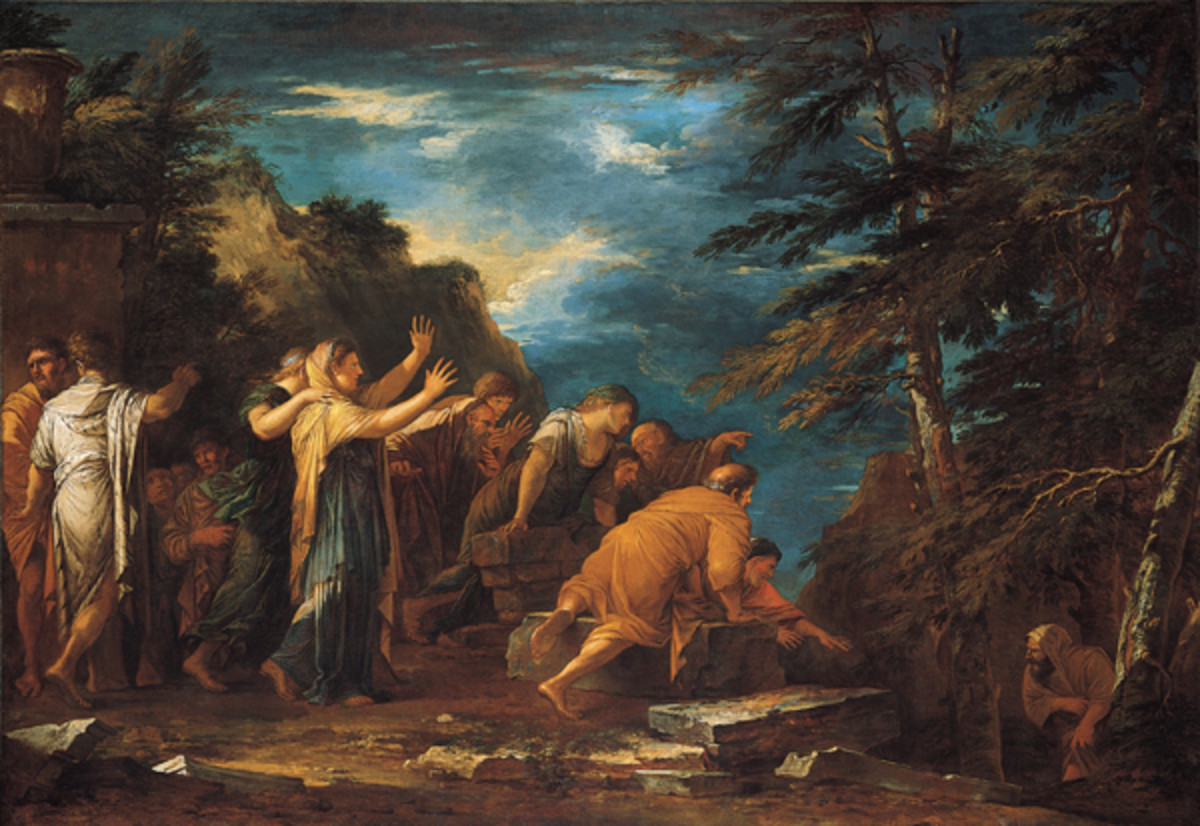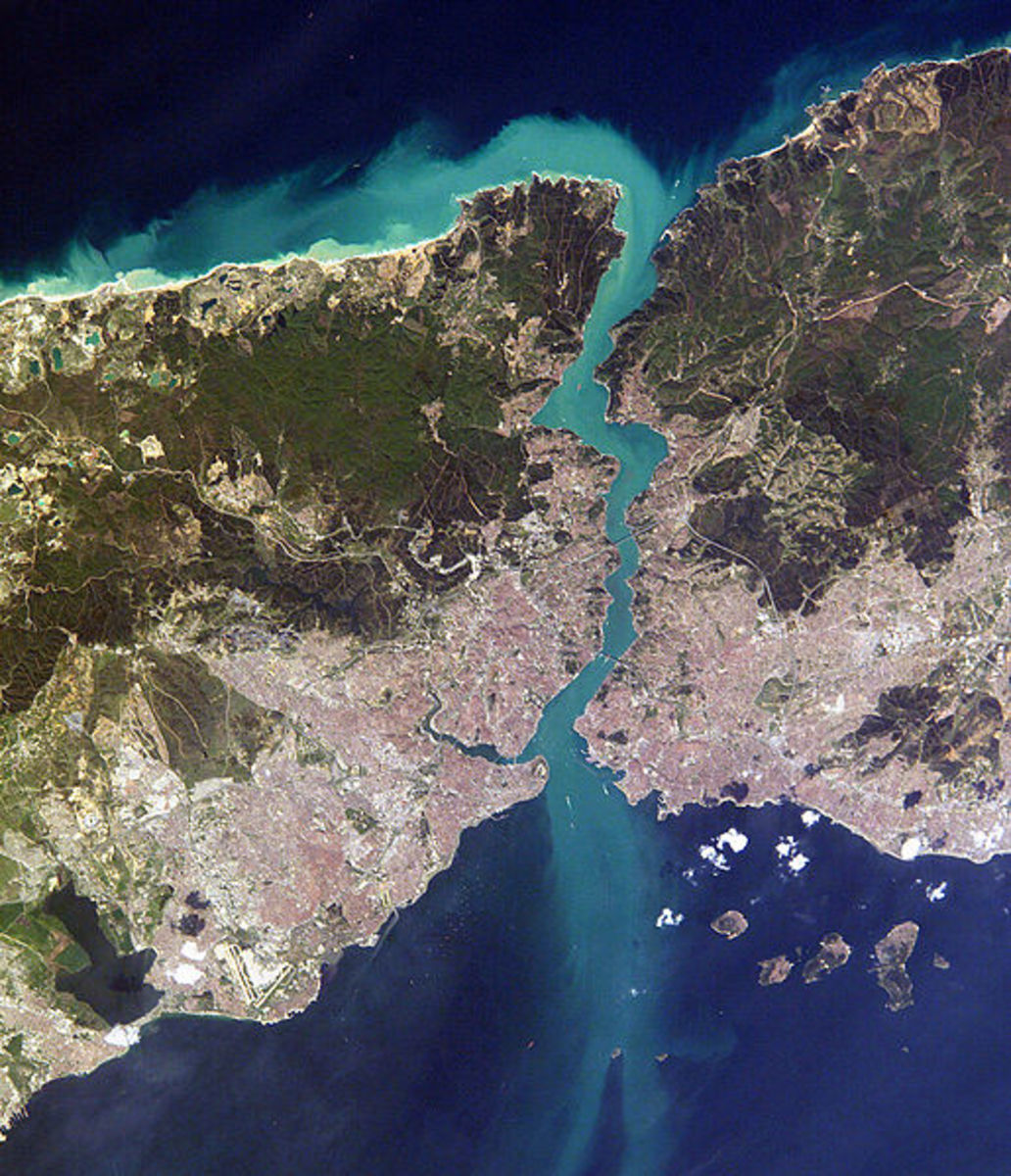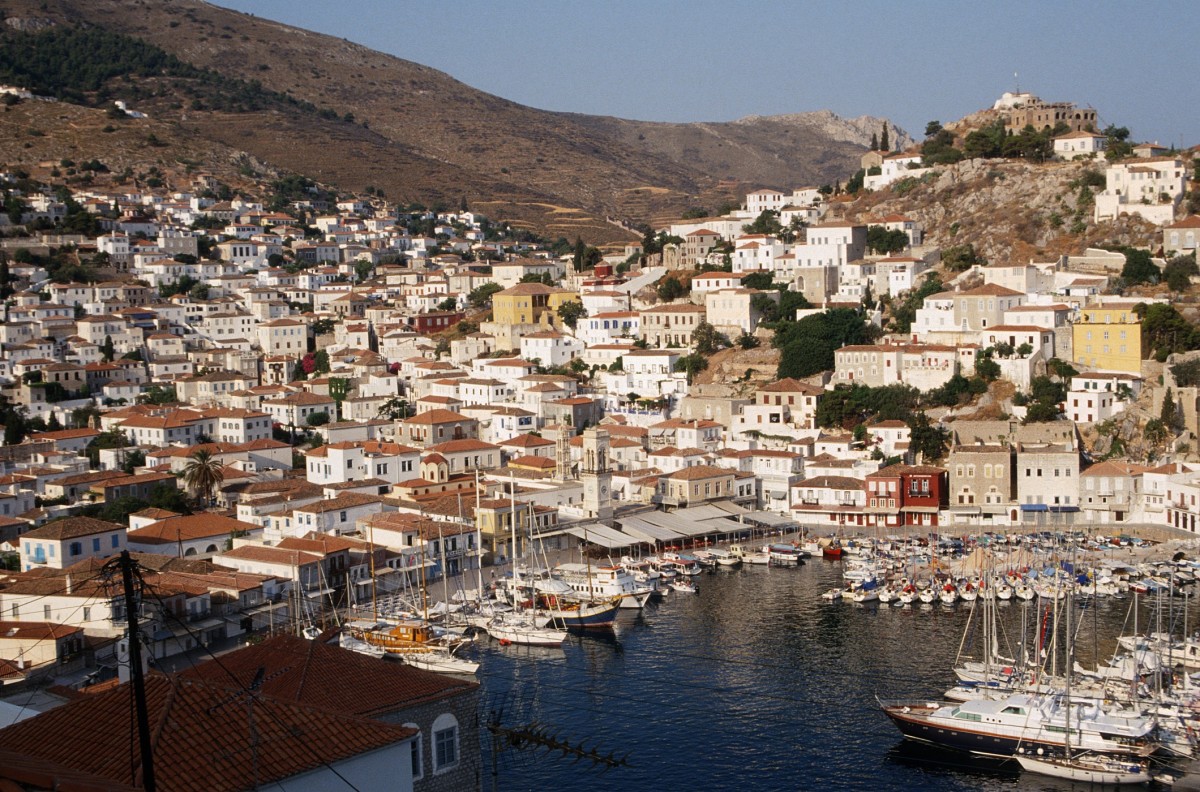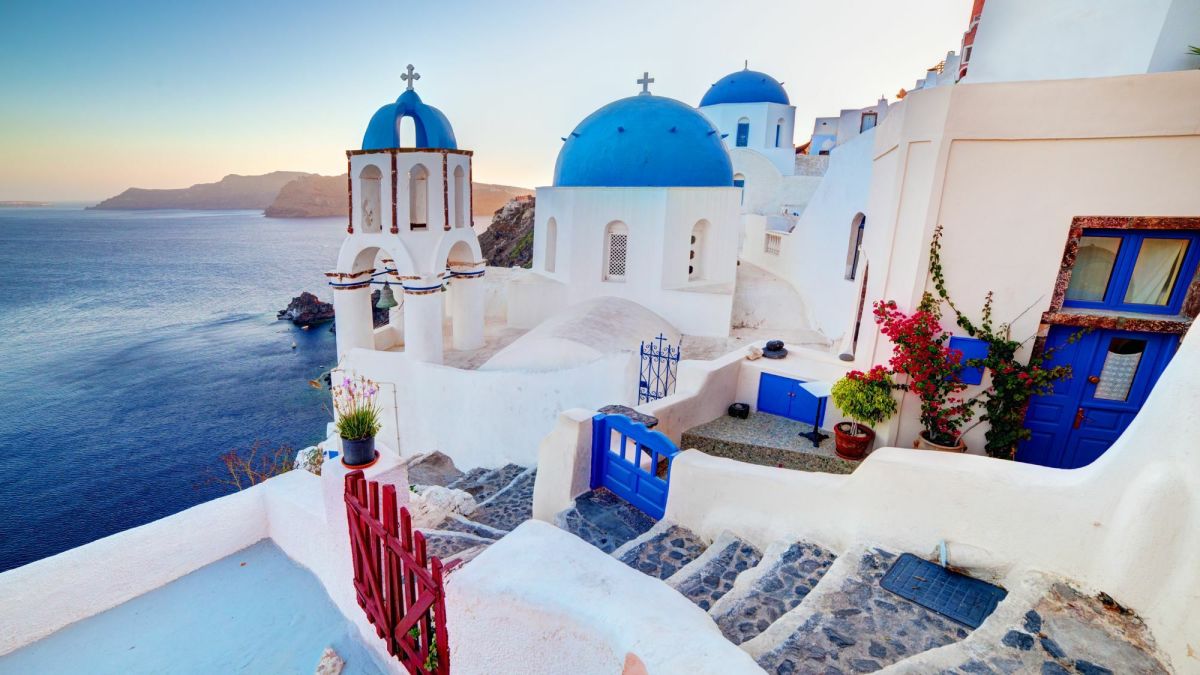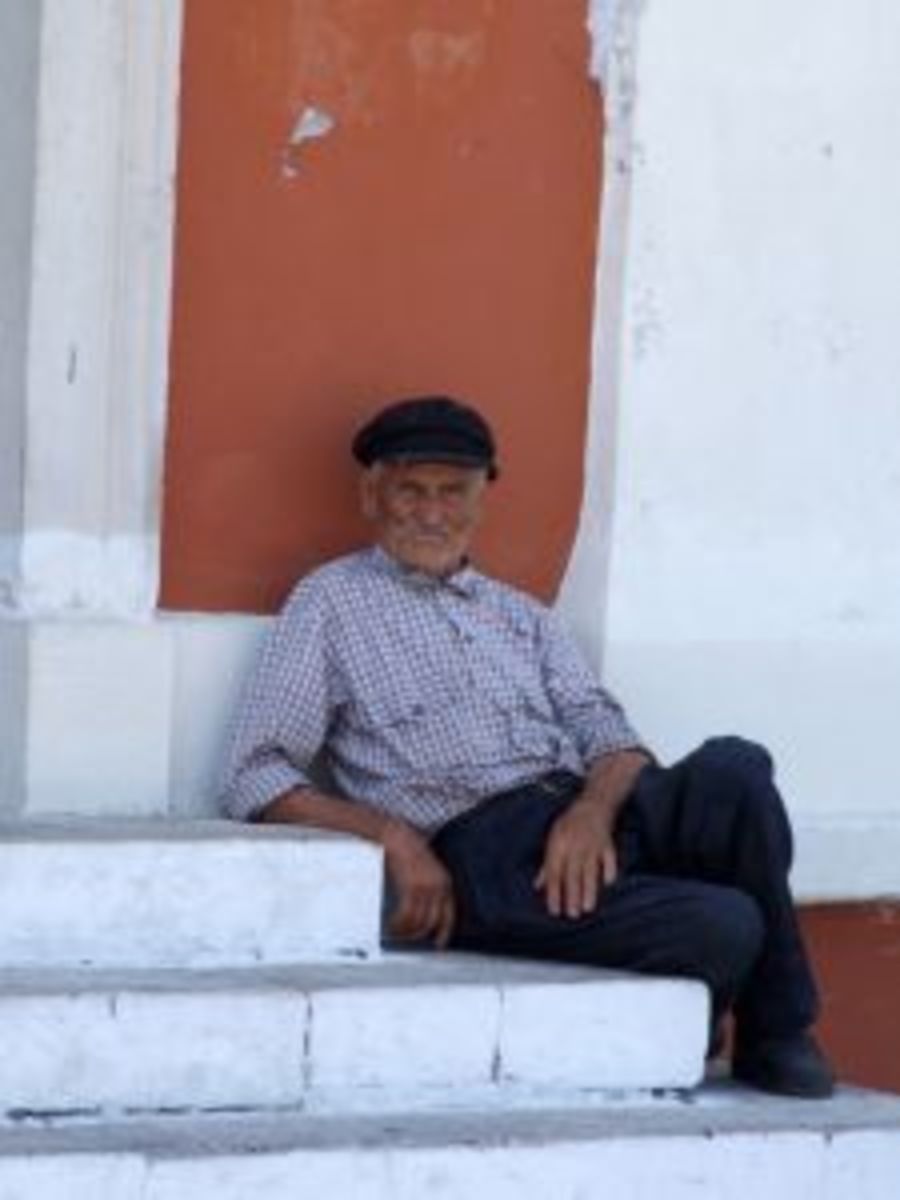SAMOS (Part one) - Live your myth in Greek island
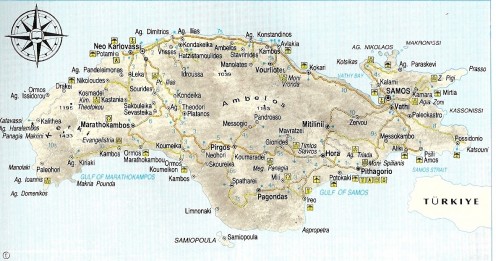
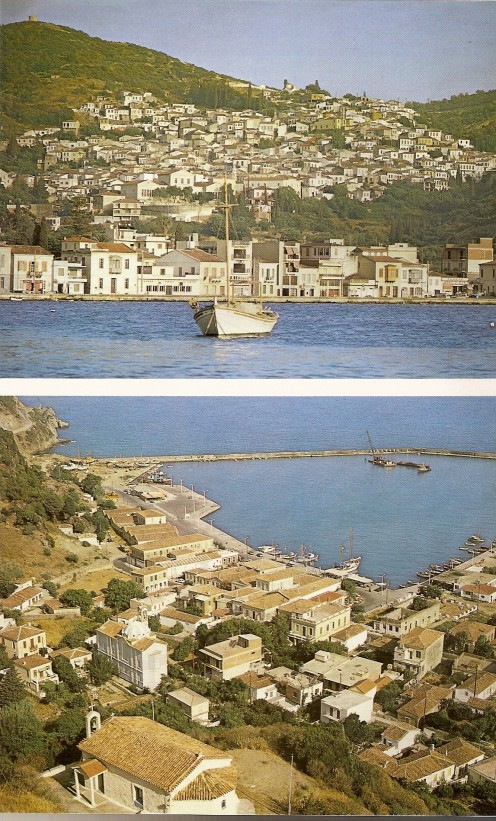
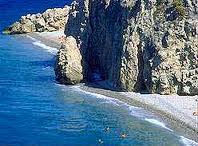
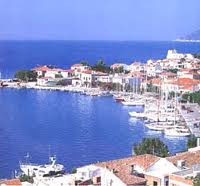
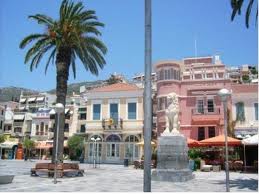
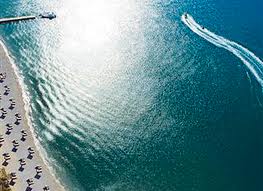
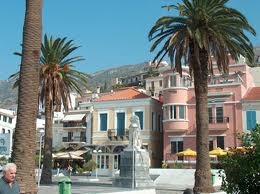
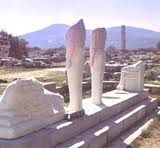
For the second part please follow the link: Samos 2nd part
In the easternmost reaches of the arhipelagos Aegean, very close to the coast of Asia Minor (18 nautical miles), Samos is an island of exceptional natural beauty. 476 sq. km. in area, with 159 km. of coast, it is 175 nautical miles from Piraeus and has a population of 40,519. With well-developed tourist facilities, there are also daily car and passenger ferries from Piraeus and a link with Kavala once a week on the route Kavala - Piraeus. There are also connections with Ikaria, a regular service to Paros and, less frequently, with Syros and Phournoi. The boat travelling to the remote islands on the Kavala - Piraeus route links Samos with the Dodecanese, Cyclades and Crete. Local craft go to Chios, the Dodecanese and Turkey. In the summer hydrofoils operate between Kos, Rhodes (twice a week) and (once a week) Leros and Patmos. There are daily flights to and from Athens. The island’s capital is Samos and the main harbors are Vathy, Pythagoreion and Karlovasi. Despite the dominant mountain massifs (highest peak Kerki, 1440 m. a.s.l.) the island's terrain displays considerable variety and small plains alternate with hilly regions, terminating in the gentle coastline, in complete harmony with its lush vegetation. Small towns and villages are scattered throughout and these, along with its many antiquities, monasteries and chapels make Samos a favorite island with tourists who can choose the kind of holiday which suits them, quiet or cosmopolitan.
HISTORY
Geologically, Samos was formed as a result of major tectonic upheavals, being separated from Asia Minor with which it was united (Quaternary period). In ancient times it was known by several names: Dryousa, Elaiousa, Kyparissia and even Parthenia, since it was the birthplace of Hera and here she was espoused to Zeus. The first inhabitants were Karians and Lelegians. Ionian colonizers arrived in around 1000 BC. During the 6th and 5th century BC Samos experienced a considerable acme, especially in 540 BC when the tyrant Polykrates came to power. Samos was conquered by the Medes during the Persian Wars and became a member of the Athenian League once they were over. In 440 BC, however, Samos renounced this alliance and the Athenians responded with intransigence, laying waste the island. Nevertheless, Samos fought alongside Athens against Sparta during the Peloponnesian War and afterwards passed in turn into the hands of the Macedonians, Egyptian Ptolemies and Romans. During the Byzantine period it belonged to the Thema of the Aegean and was in a state of decline, harassed by pirates. When Constantinople fell to the Franks in 1204 the island was ceded first to the Franks, then to the Venetians and, from 1453 onwards, when Constantinople was taken by the Turks, the Samiotes fled their homes and sought refuge on Chios. Thus the island remained more or less desolated until the middle of the 16th century when the Turkish pasha, to whom it had been granted, introduced a series of measures (privileges, administrative independence, religious freedoms) which successfully attracted new settlers and its repopulation was effected. Even though it played an active role in the 1821 War of Independence it was not united with Greece until 1912. During the 80 year interim phase it had a special status of autonomy under Turkish suzerainty. It suffered extensive destruction during the Second World War.
Don't forget to visit the second part: Samos 2nd part
You will enjoy the new photos from the island...


